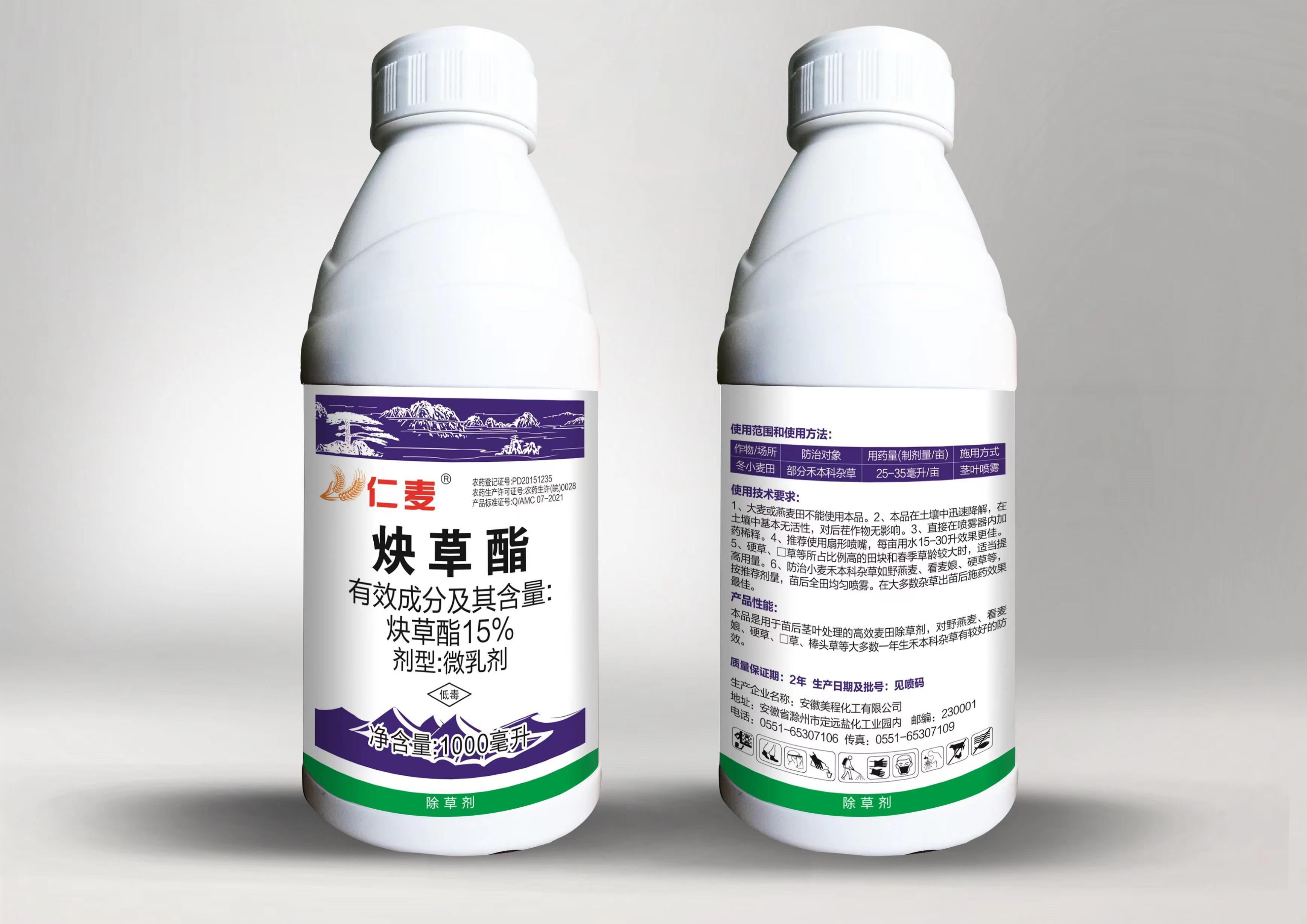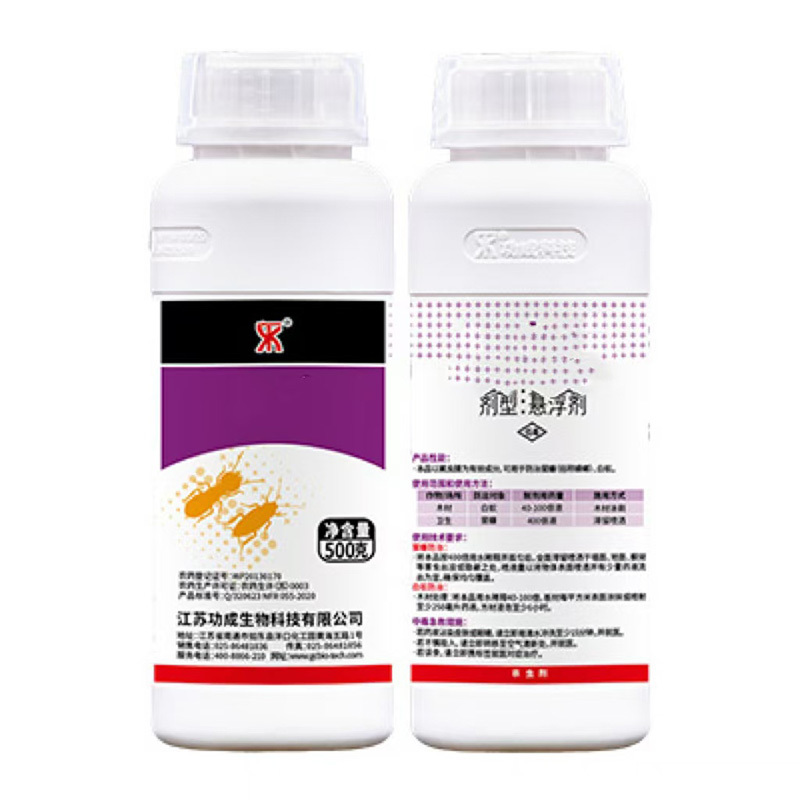-
-
-
-
News & Publication
-
News & Publication
A Comprehensive Guide to Effective Aphid Control in Agriculture
Time
2025-06-13
Aphids are small, sap-sucking insects that can cause significant damage to crops and plants in agriculture. They are known for their rapid reproduction rates and ability to transmit plant viruses, making effective aphid control crucial for maintaining healthy and productive crops. Understanding how to identify aphids and implement various control measures can help farmers mitigate the risks associ
First, it is essential to recognize the signs of aphid infestations. Aphids typically appear as small, green or black insects clustered on the undersides of leaves and stems. You may also notice yellowing leaves, stunted growth, or sticky honeydew residue on plants, which is a byproduct of aphid feeding. Regular monitoring of crops is vital for early detection, as this can significantly enhance the effectiveness of control measures.
One of the most effective strategies for aphid control is to promote natural predators, such as ladybugs and lacewings, which feed on aphids. By creating a conducive environment for these beneficial insects through the use of companion planting and maintaining biodiversity in your fields, you can enhance their populations and reduce aphid numbers naturally.
Cultural practices also play a vital role in aphid management. Crop rotation, proper watering, and fertilization can strengthen plant health and resilience against aphids. By ensuring that plants are not stressed, they can better withstand pest pressure. Additionally, removing weeds and debris where aphids can thrive will reduce breeding grounds.
In terms of chemical control, it is essential to use insecticides judiciously. Selected products targeting aphids can be effective, but they should be used as part of an integrated pest management (IPM) approach. IPM combines biological, cultural, and chemical methods to manage aphid populations sustainably. Always consult local guidelines and regulations regarding pesticide use to ensure compliance and safety.
Another innovative approach to aphid control is the use of plant growth regulators. These substances can enhance plant vigor and reduce the likelihood of aphid infestation by promoting stronger growth and improving overall plant health. However, it's crucial to apply these products according to recommended practices to avoid any negative impact on the crop.
In conclusion, effective aphid control involves a multifaceted approach that includes monitoring, promoting natural predators, implementing cultural practices, and using targeted chemical controls when necessary. By adopting these strategies, farmers can protect their crops from aphid damage, ensuring sustainable agricultural practices and healthier food production. Understanding and managing aphid populations is essential for any agricultural operation looking to thrive in today's competitive environment.
Latest News

Email:
Address 1 : Salt-chemical Industrial Zone, Dingyuan County, Chuzhou, Anhui Province, China
Address 2 : 19F, Block A, Zheshang Building, Science Avenue, Hefei City, Anhui Province, China
Leave Message
We will contact you within one working day. Please pay attention to your email.
COOKIES
Our website uses cookies and similar technologies to personalize the advertising shown to you and to help you get the best experience on our website. For more information, see our Privacy & Cookie Policy
COOKIES
Our website uses cookies and similar technologies to personalize the advertising shown to you and to help you get the best experience on our website. For more information, see our Privacy & Cookie Policy
These cookies are necessary for basic functions such as payment. Standard cookies cannot be turned off and do not store any of your information.
These cookies collect information, such as how many people are using our site or which pages are popular, to help us improve the customer experience. Turning these cookies off will mean we can't collect information to improve your experience.
These cookies enable the website to provide enhanced functionality and personalization. They may be set by us or by third-party providers whose services we have added to our pages. If you do not allow these cookies, some or all of these services may not function properly.
These cookies help us understand what you are interested in so that we can show you relevant advertising on other websites. Turning these cookies off will mean we are unable to show you any personalized advertising.
This website already supports IPV4/IPV6 bidirectional access





